Around The World, Part 27: Planting trees
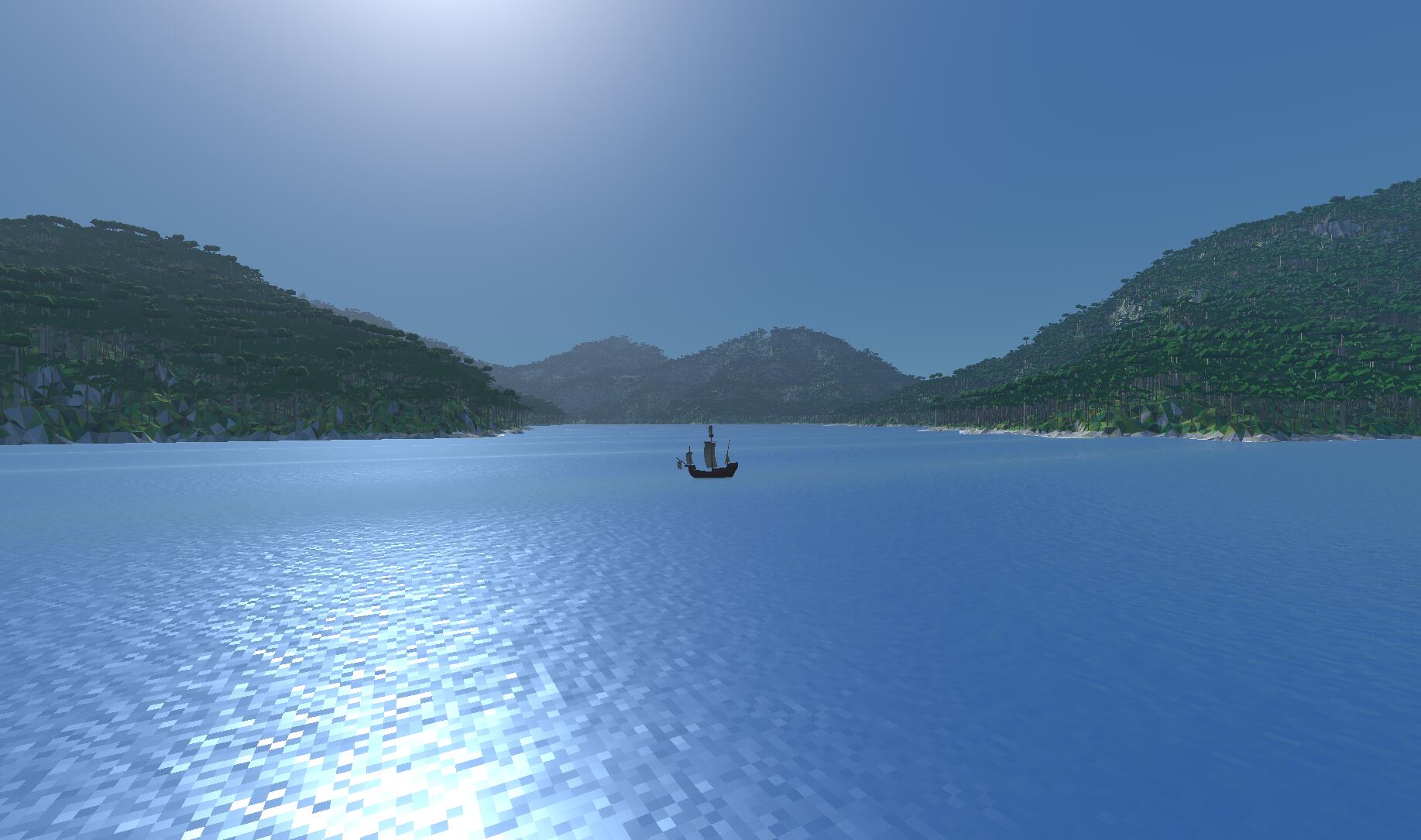
In the previous post, I determined what kind of vegetation should grow where in my procedurally generated world. Now it’s time to actually plant those plants!
« Newer 1 2 3 4 5 6 7 8 9 10 11 12 13 14 15 16 Older »

In the previous post, I determined what kind of vegetation should grow where in my procedurally generated world. Now it’s time to actually plant those plants!
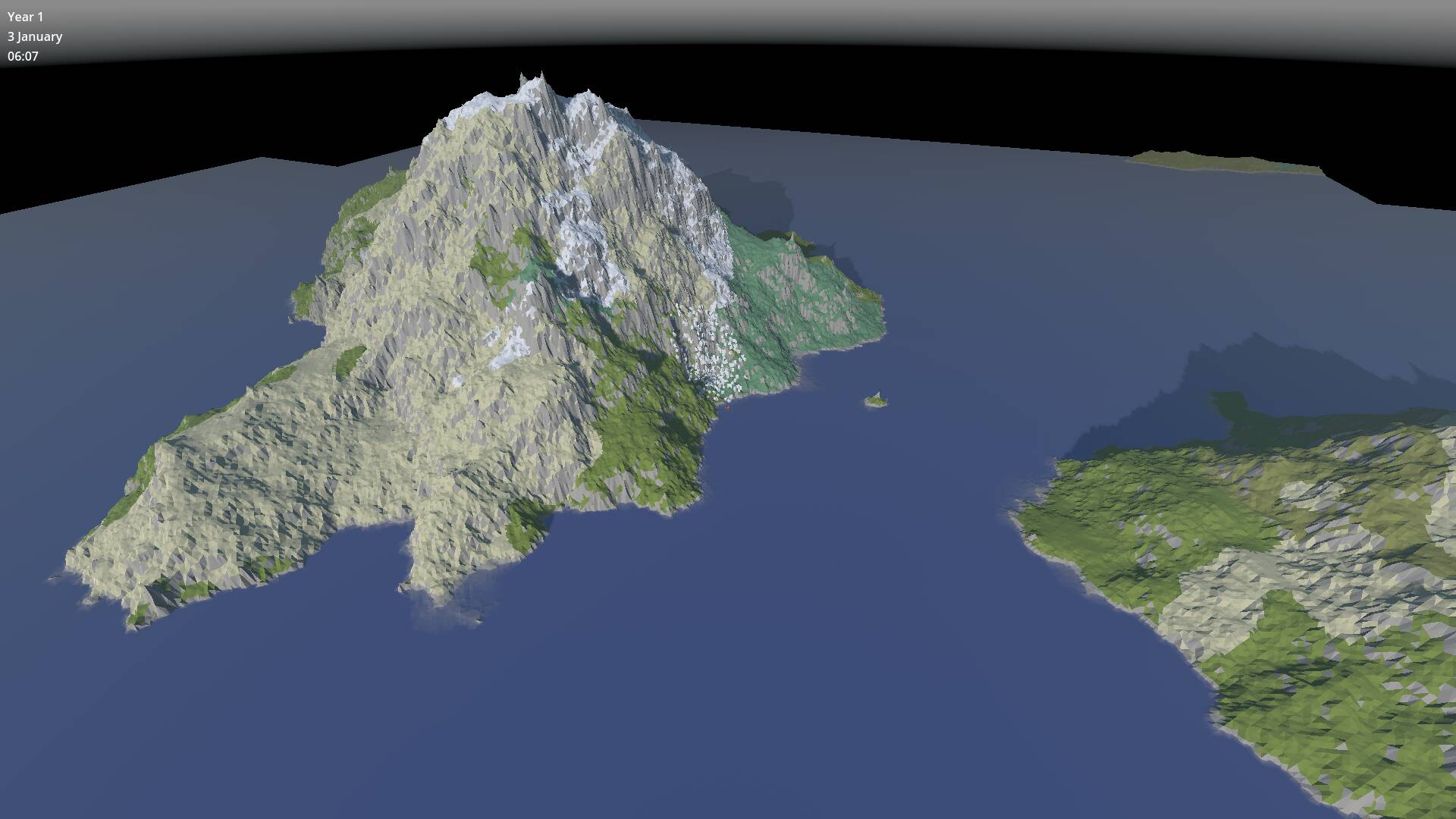
I should be working on gameplay, but I got tired of looking at drab grey terrain, so I decided to beautify it first by adding some vegetation. In a way, this is in line with my plan to add a solid technical foundation for the game before stacking too much gameplay on top, because I’m not sure that the hardware will be able to render all those trees in a huge open world.
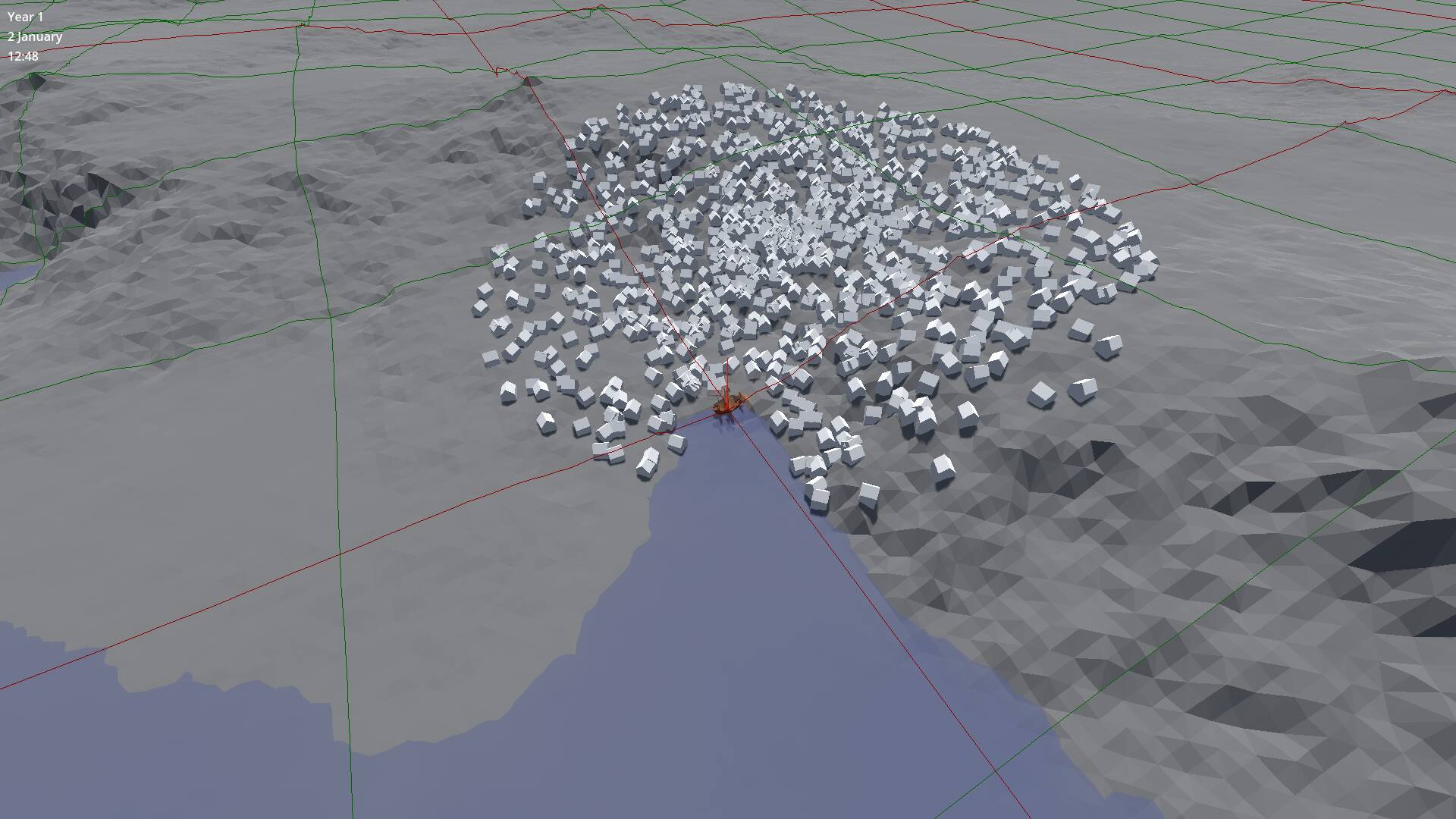
In the previous post, I promised to start placing some ports in our procedurally generated world. That turned out to be a bit more work than I expected.
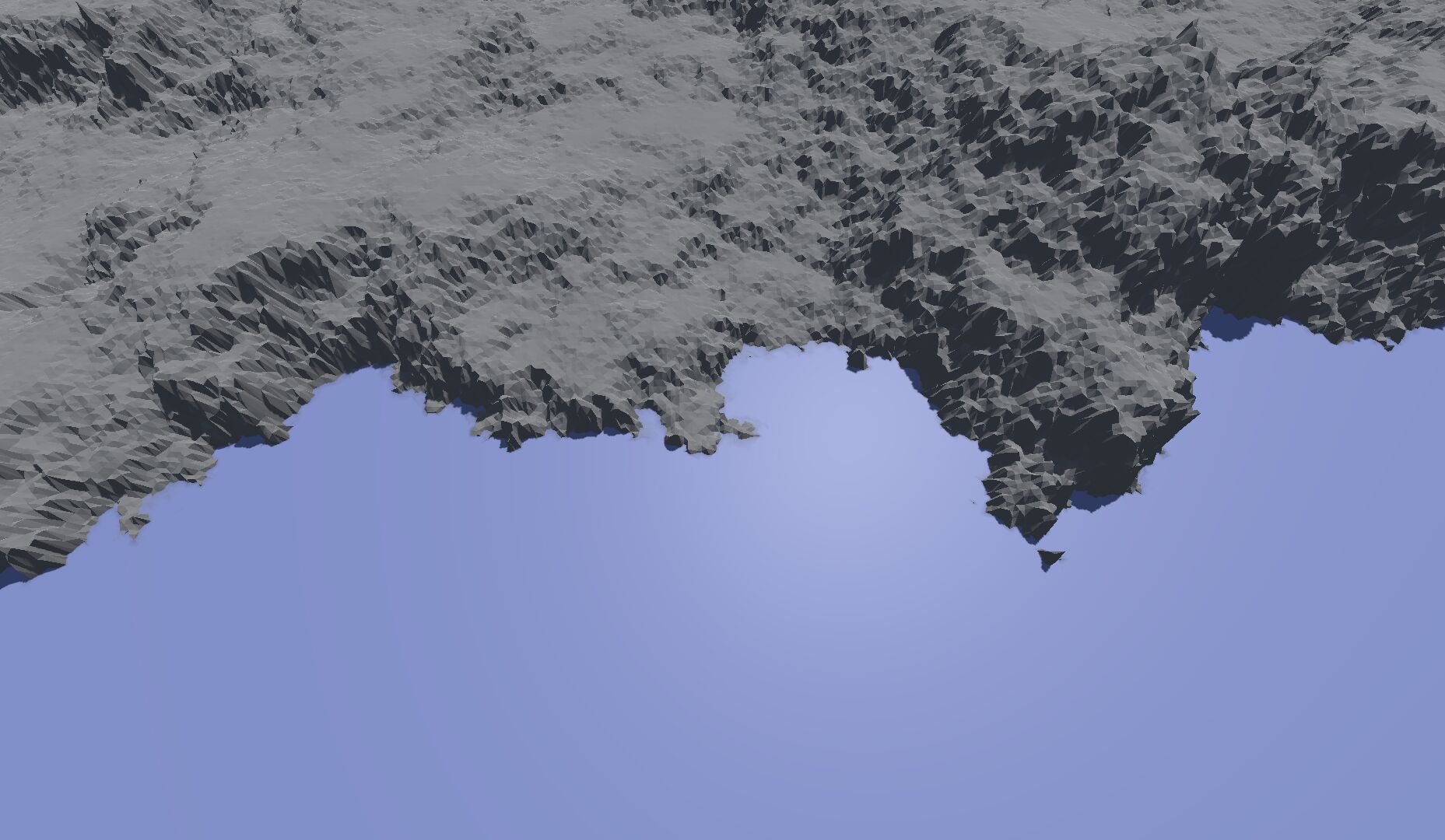
Now that we have a plausible looking height map for the entire world, it’s time to zoom in and see what the terrain looks like up close.
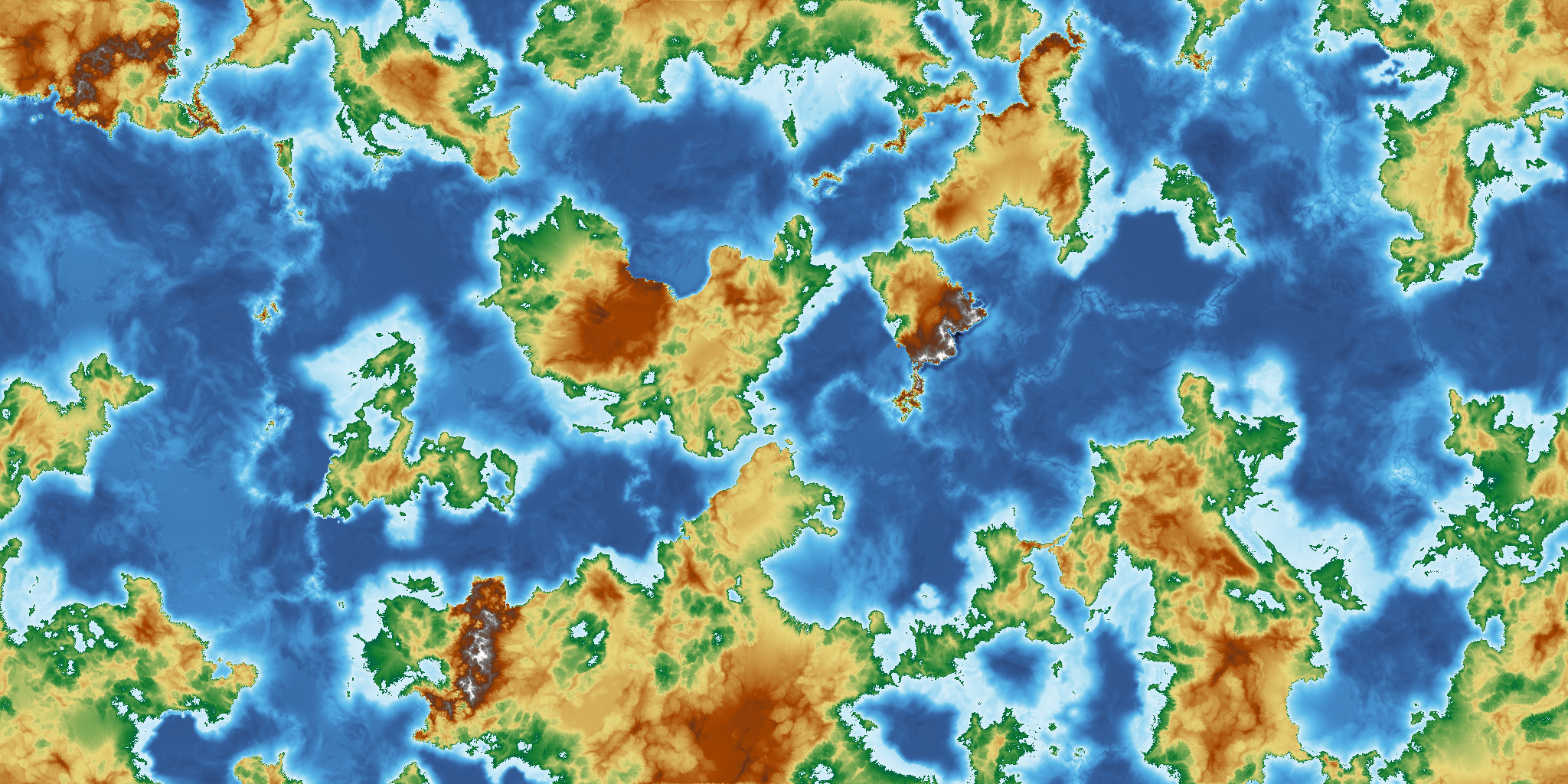
As I mentioned last time, I’m currently working on a full rewrite of the game, with a focus on building a solid technical foundation first. But because much of that is boring work, I allowed myself a fun side quest: hydraulic erosion.
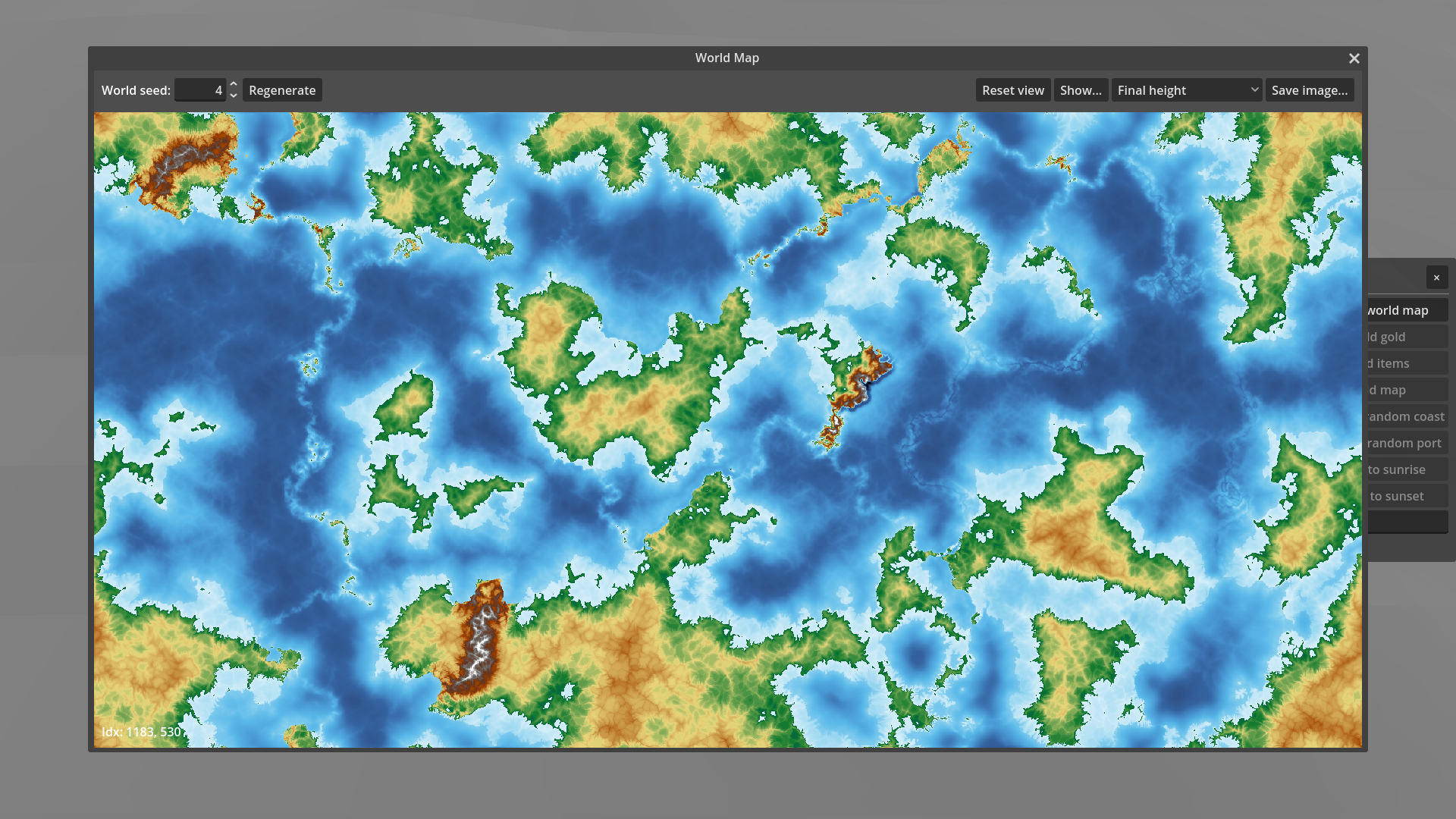
I’ve done something that common wisdom in software development says you should never ever do: I started over. Let me explain why. This might get a bit technical…
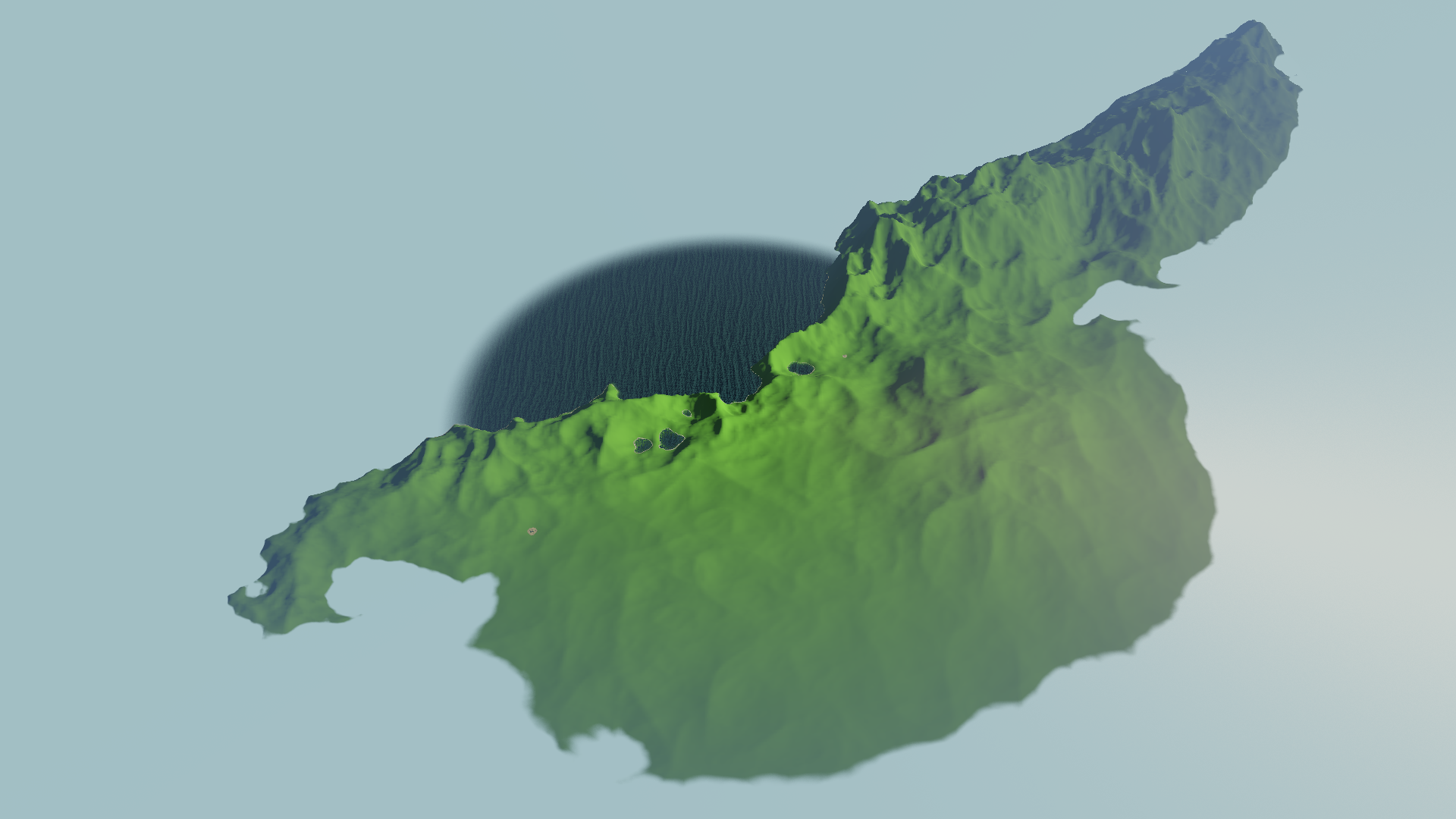
In a game focused on exploration, we need to have a way to decide what the player can and cannot see. With a first-person or third-person 3D view, visibility comes for free: anything below the horizon, and anything behind something else, is not visible. With a top-down perspective, we need to do some more work.
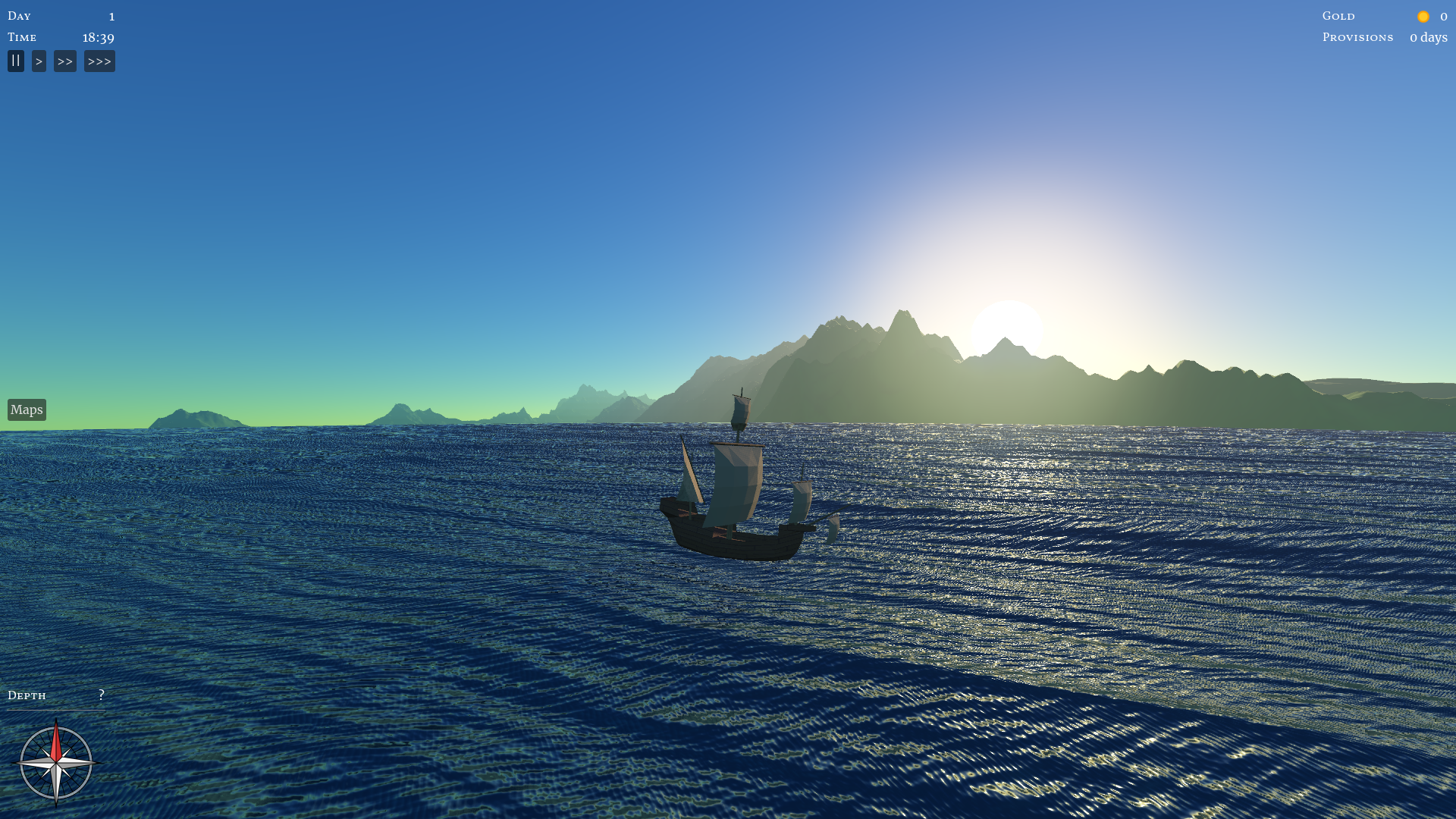
Work on the game has been slow due to lack of time, but worse, I’ve let it drift off in the wrong direction. I need to be more careful about scope creep. But first, let’s talk about the progress that I am happy about.

The first real money I ever made from game development was on Android. It was in 2013, when Android was still the underdog compared to the iPhone, and was being touted as a great platform for developers. I’d taken two weeks to build Patchy, a retro arcade game revamped for touch controls, and published it on the Google Play Store without any hassle. Since then, I’ve also published Twistago, Rocket Mail, Bigcanvas, Radio Nul and Papageno.
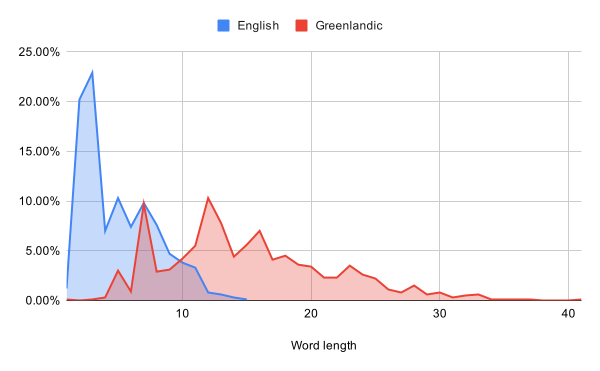
I’m having a bit of an “off” day today, so let’s do something fun, even if it’s rather low priority for the game: generating foreign languages.